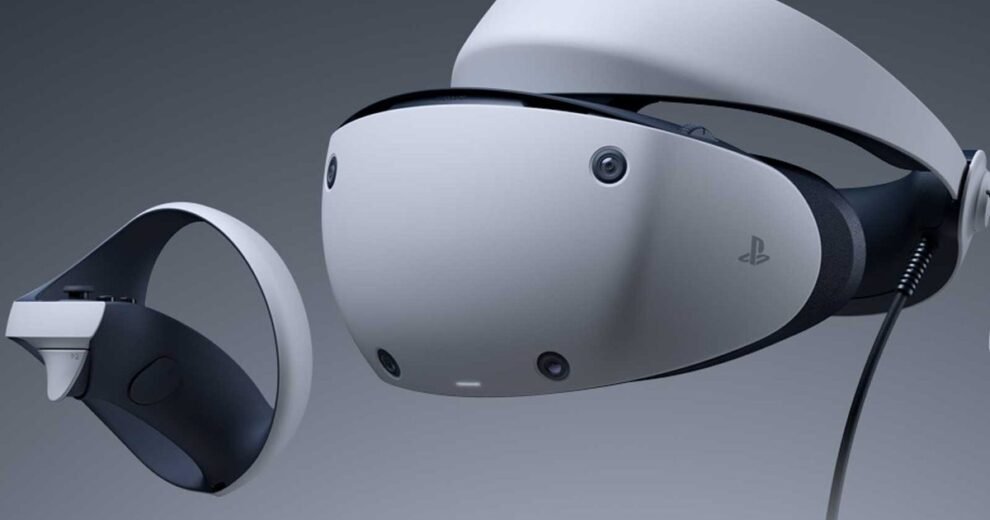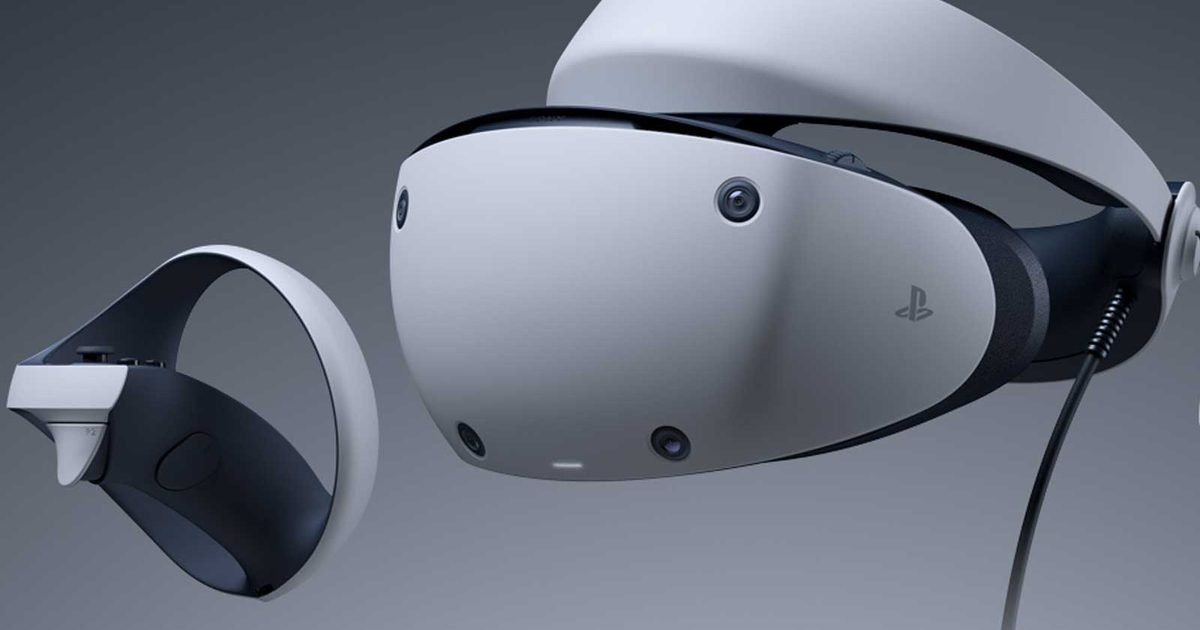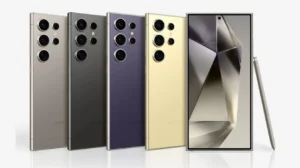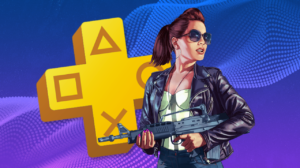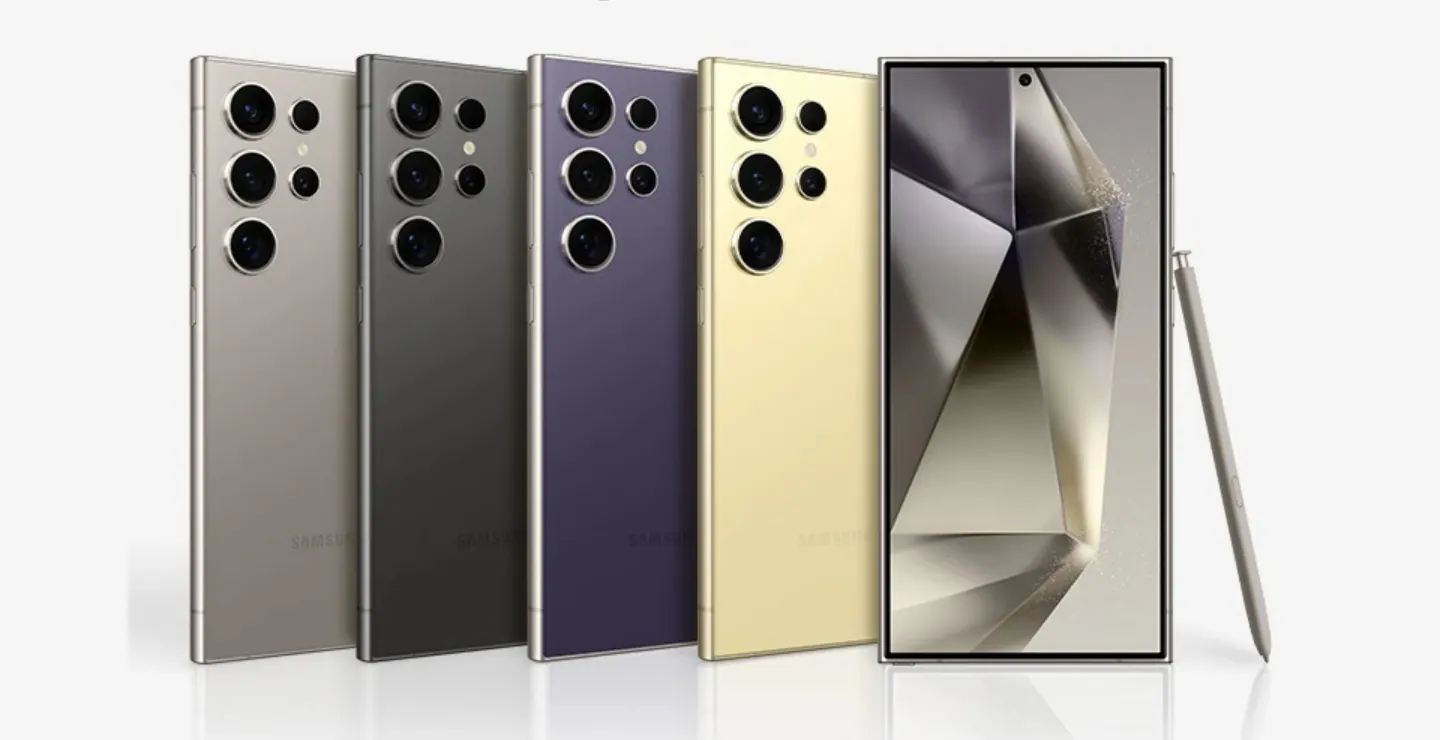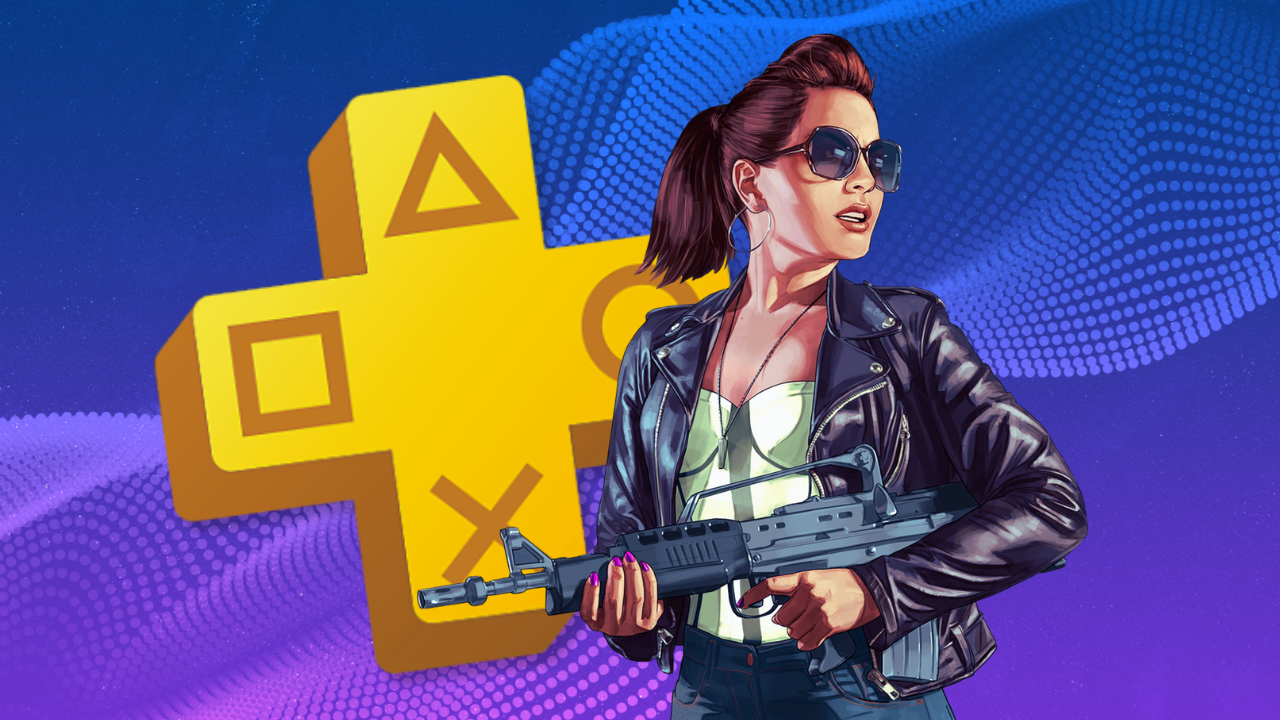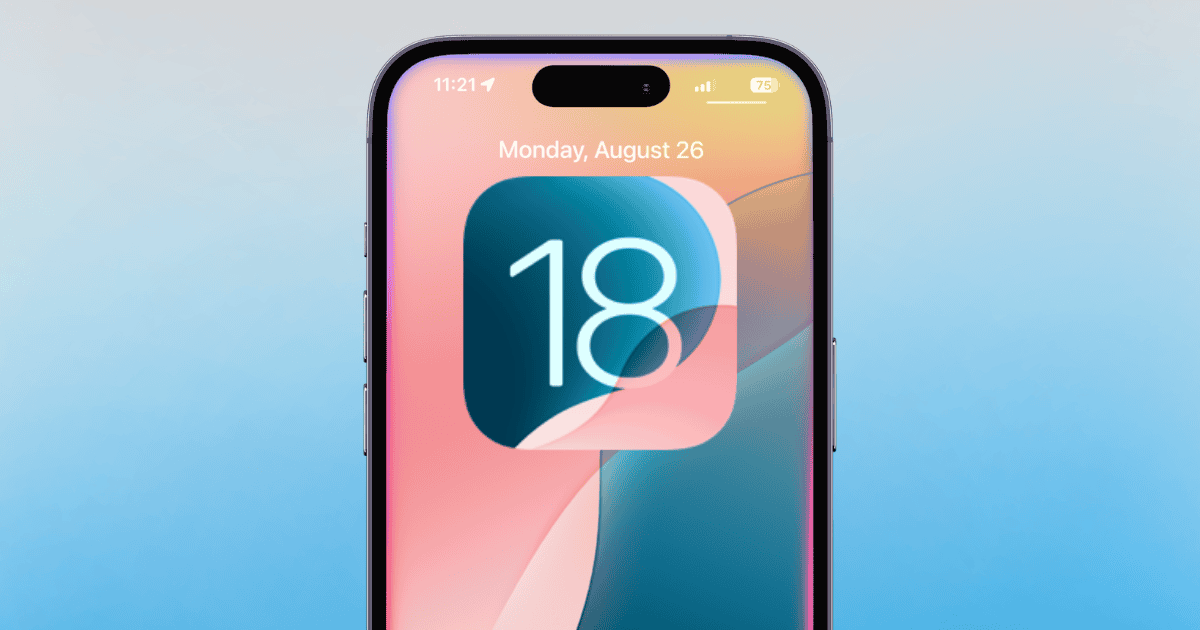Sony’s PlayStation VR2 (PSVR 2) is on the brink of transcending its console exclusivity, opening up new realms of possibility for PC gamers and sim racing enthusiasts alike. This move, once fully realized, could dramatically enhance the PC gaming landscape by integrating one of the most advanced virtual reality headsets available.
Key Highlights:
- The PSVR 2 is nearing compatibility with PC via a new driver release, potentially available by early next year.
- Initial support will focus on AMD graphics cards due to the PSVR 2’s reliance on AMD technology.
- Sim racing fans are particularly excited about the potential for improved immersion and gameplay.
- Technical challenges such as tracking support and hardware requirements are being addressed by developers.
Bridging the Gap: PSVR 2’s Journey to PC Compatibility
The leap from console to PC for the PSVR 2 involves overcoming significant technical hurdles, but the promise of broadening the headset’s applicability has spurred on developers and enthusiasts. The PSVR 2, recognized for its high-quality display and immersive capabilities, originally lacked official support for PC gaming. This limitation has not deterred the community, as third-party developers, notably iVRy, have taken up the challenge to unlock its potential beyond the PlayStation 5.
The Technical Pathway to PC Integration
The integration process has seen remarkable progress, including the achievement of 6DOF (six degrees of freedom) tracking capability on PC, a crucial step for fully immersive VR experiences. This technical feat was achieved by modifying Linux GPU drivers and designing hardware to enable VR mode on Windows platforms. Despite these advances, full compatibility, including motion controller tracking and eye tracking support, remains on the horizon, with developers working diligently to bridge these gaps.
The Enthusiasm from the Sim Racing Community
Sim racing enthusiasts are particularly excited about the prospect of PSVR 2 support on PC. The potential for enhanced immersion and the opportunity to experience racing games in new and profound ways has ignited the community’s anticipation. Discussions have flourished around the possibilities this development could unlock, from performance upgrades to the integration of specific racing titles like GT7 on PC.
Expanding the Horizon
The move towards making PSVR 2 compatible with PCs is not just about overcoming technical barriers; it’s about expanding the horizon for VR gaming. By making one of the most advanced VR headsets available to PC users, Sony is bridging the gap between console and PC gaming communities. This expansion could lead to a surge in VR content development, tailored to take advantage of PSVR 2’s unique features.
Community Engagement and Feedback
The engagement and feedback from the sim racing community and VR enthusiasts have been pivotal in this process. Their excitement and anticipation provide valuable insights into the market’s demand for more versatile VR solutions. This community-driven enthusiasm might encourage other VR headset manufacturers to consider similar cross-platform support initiatives.
Challenges and Anticipation
While the pathway to PC compatibility for the PSVR 2 is paved with technical challenges, each breakthrough brings the gaming community one step closer to a more versatile and immersive VR experience. The initial focus on AMD graphics cards and the requirement for additional hardware like the VirtualLink port and custom dongles underscore the complexity of this endeavor.
A Vision of the Future
The testing of PSVR 2 support for PC marks a significant milestone in the evolution of virtual reality gaming. As developers continue to navigate the technical landscape, the promise of a more inclusive and expansive VR ecosystem looms on the horizon. This development not only underscores Sony’s potential willingness to explore cross-platform support but also highlights the persistent demand for high-quality VR experiences across all gaming platforms.

